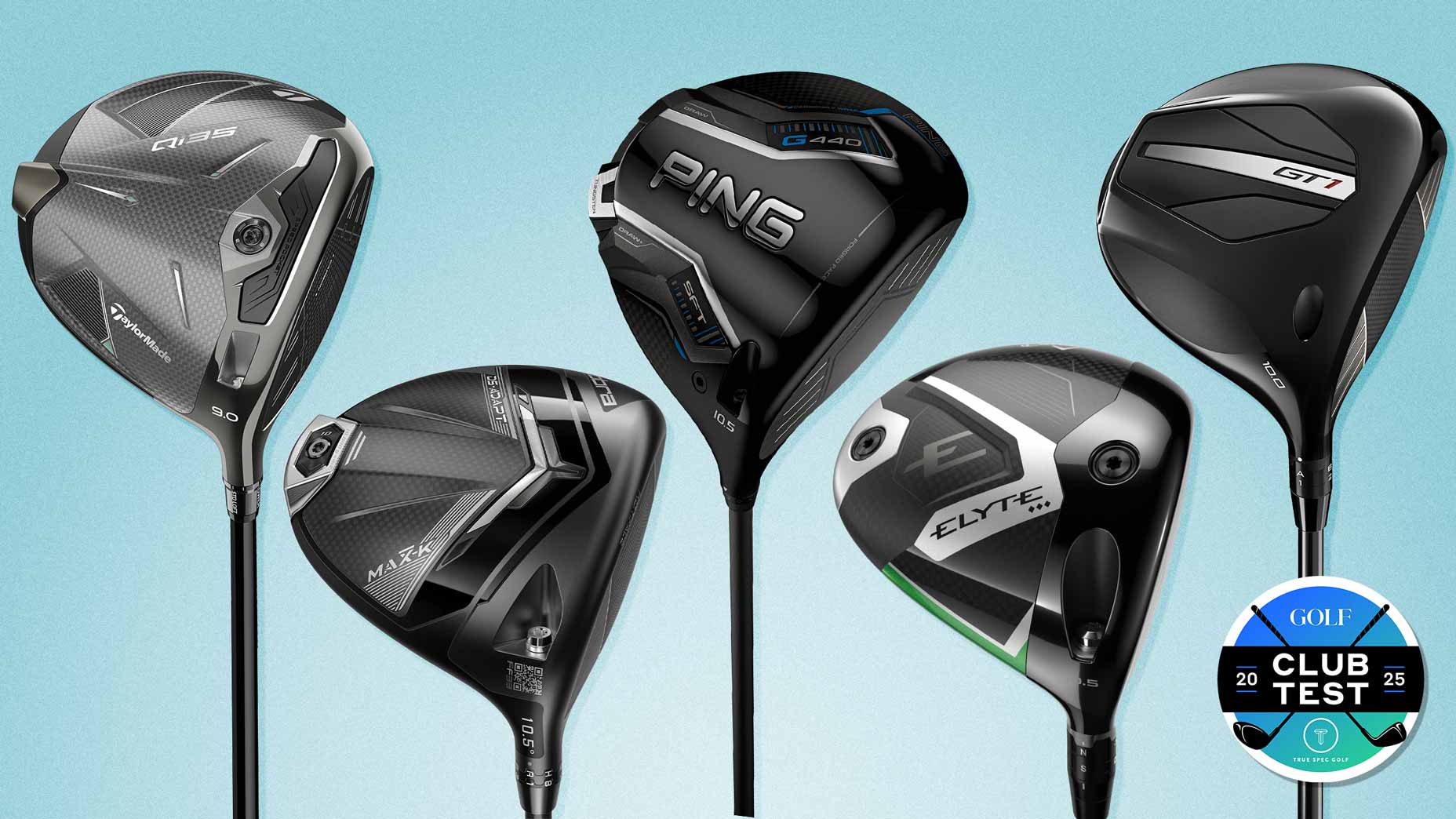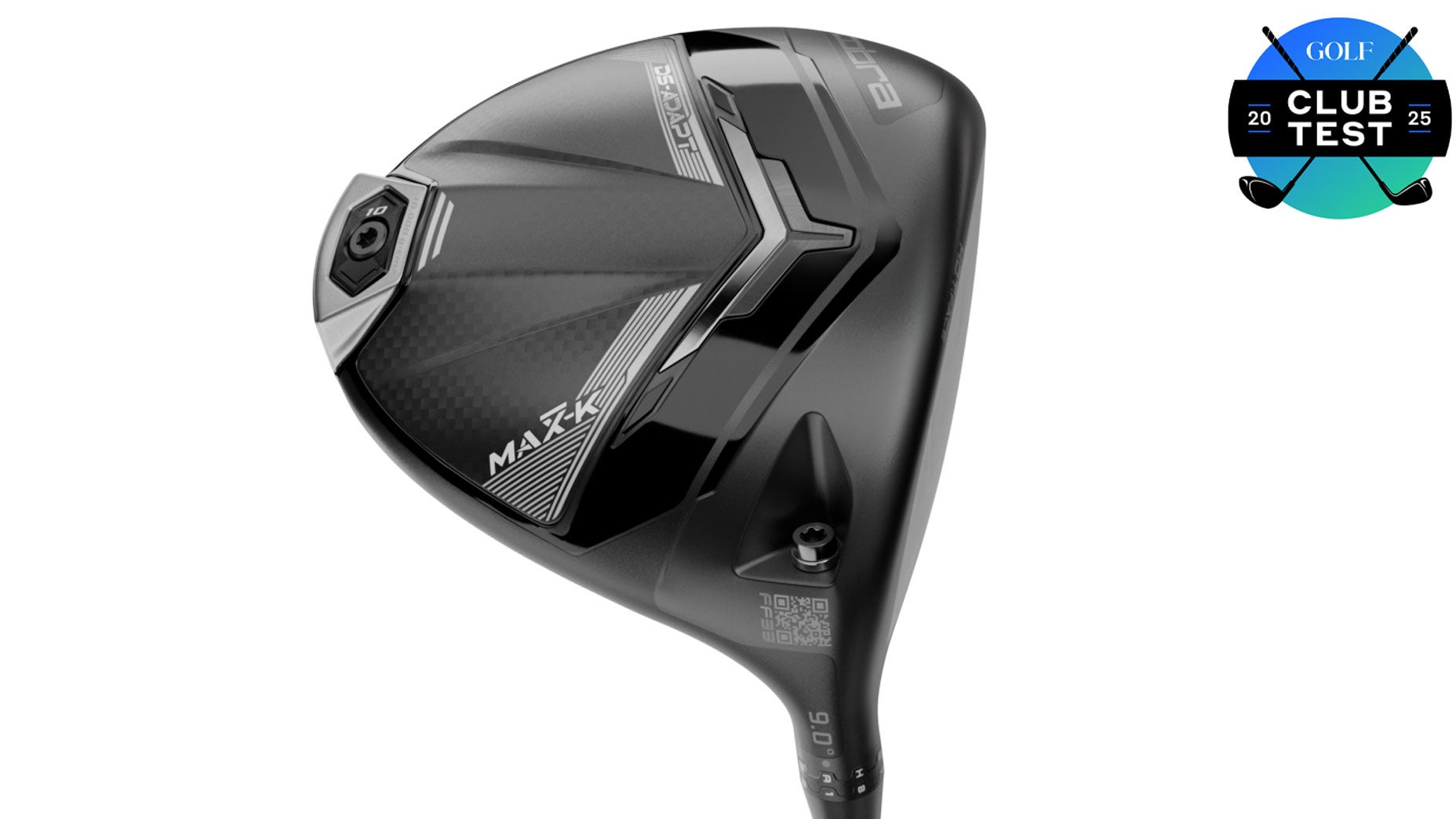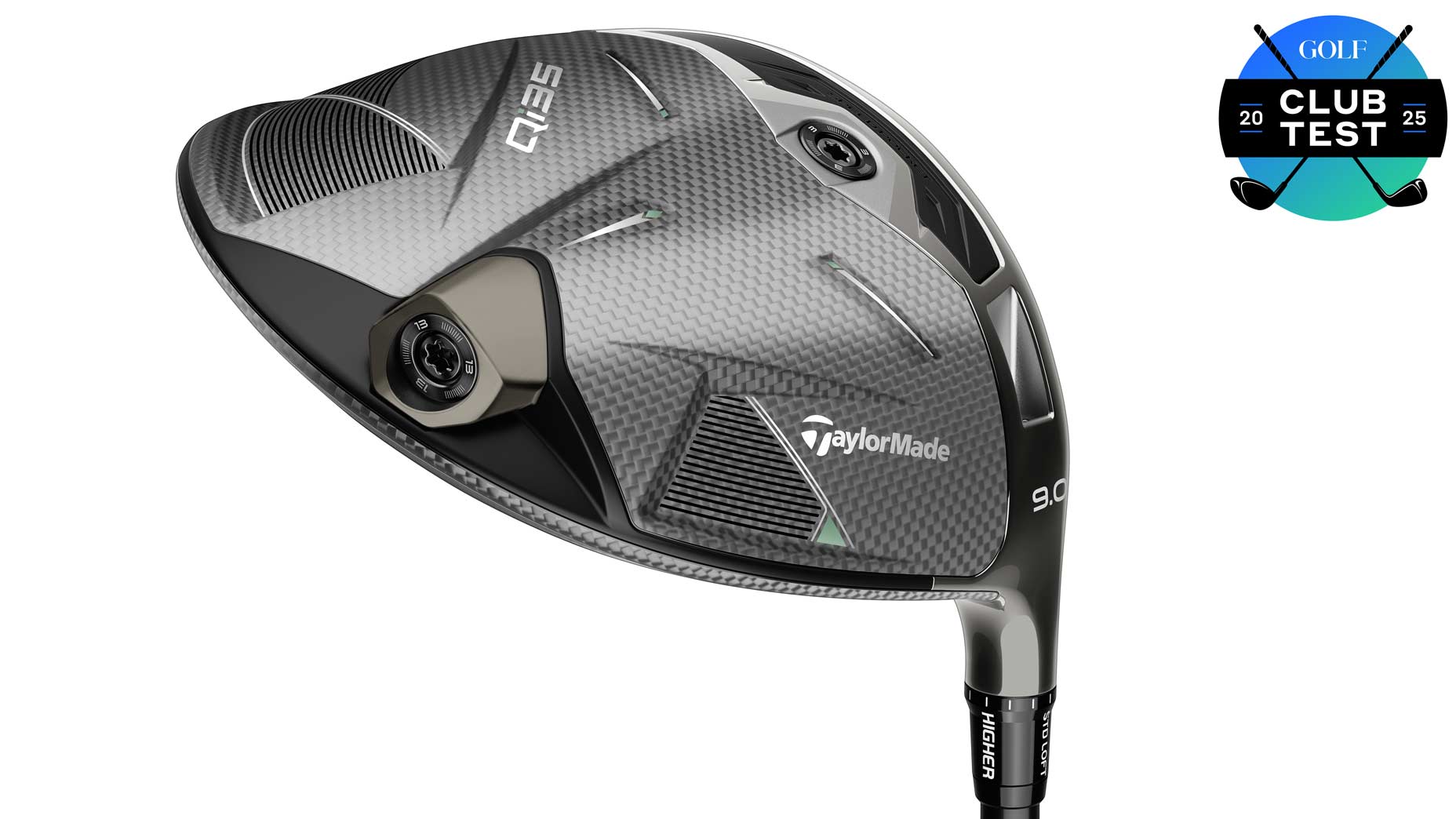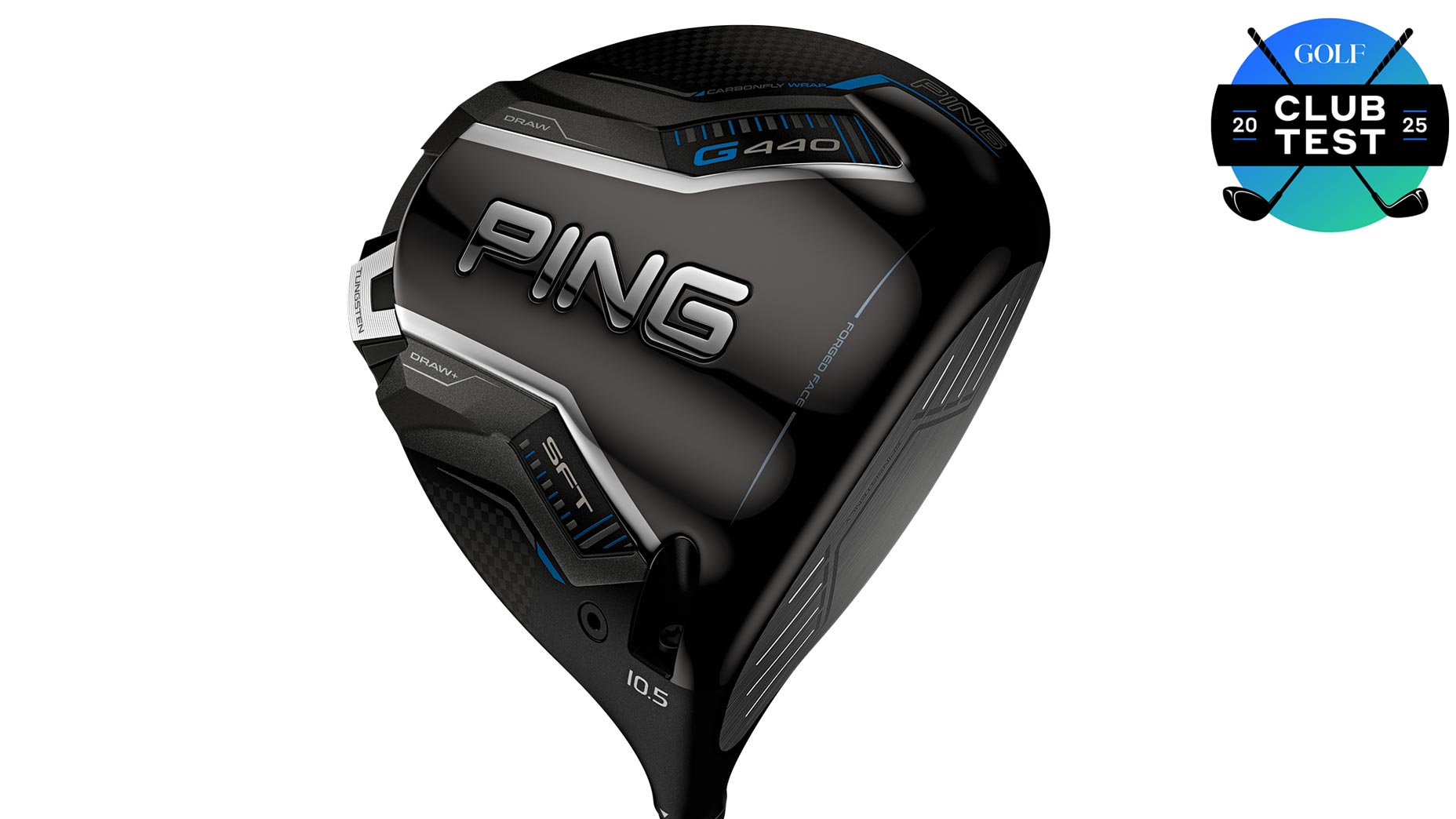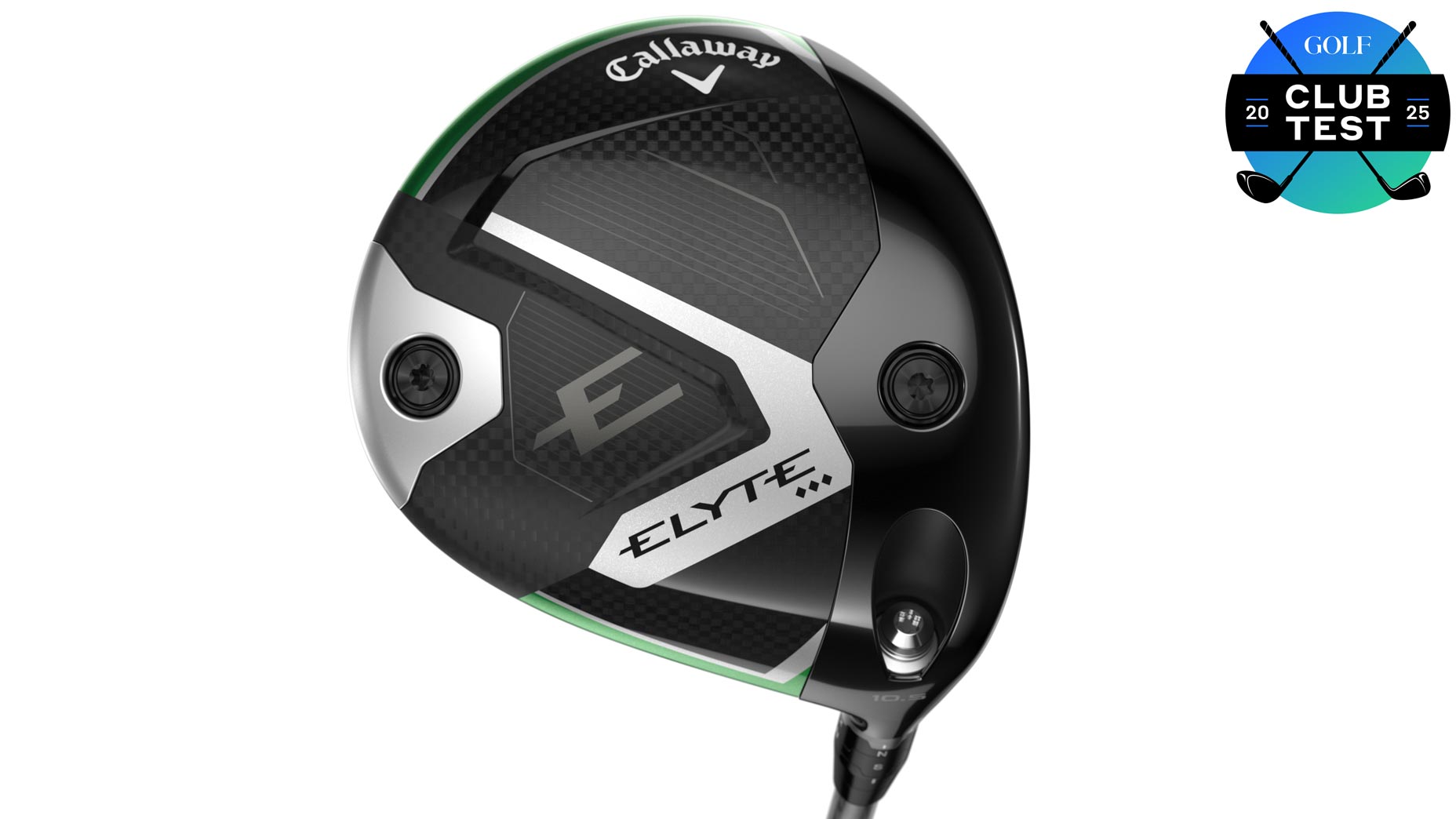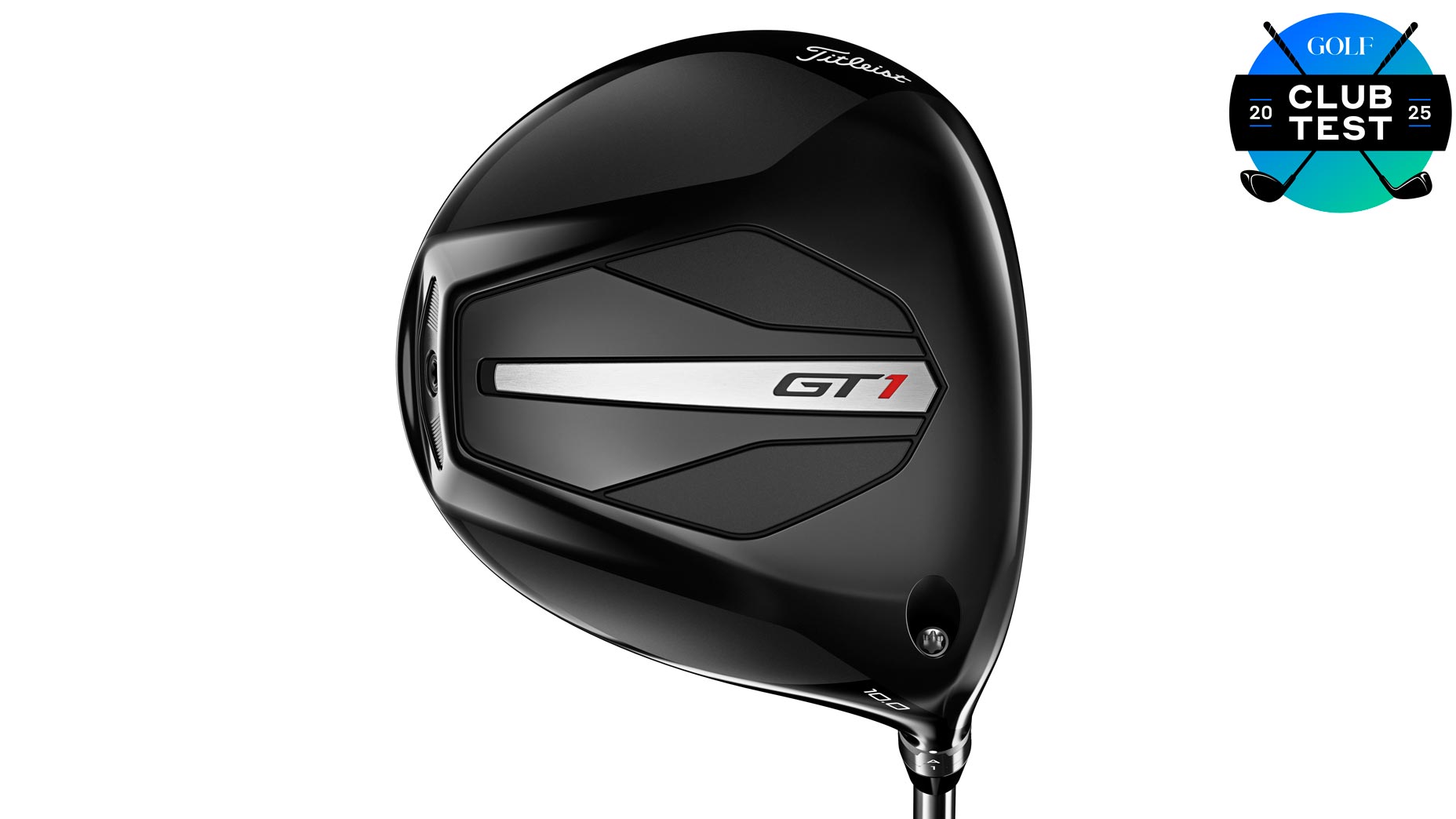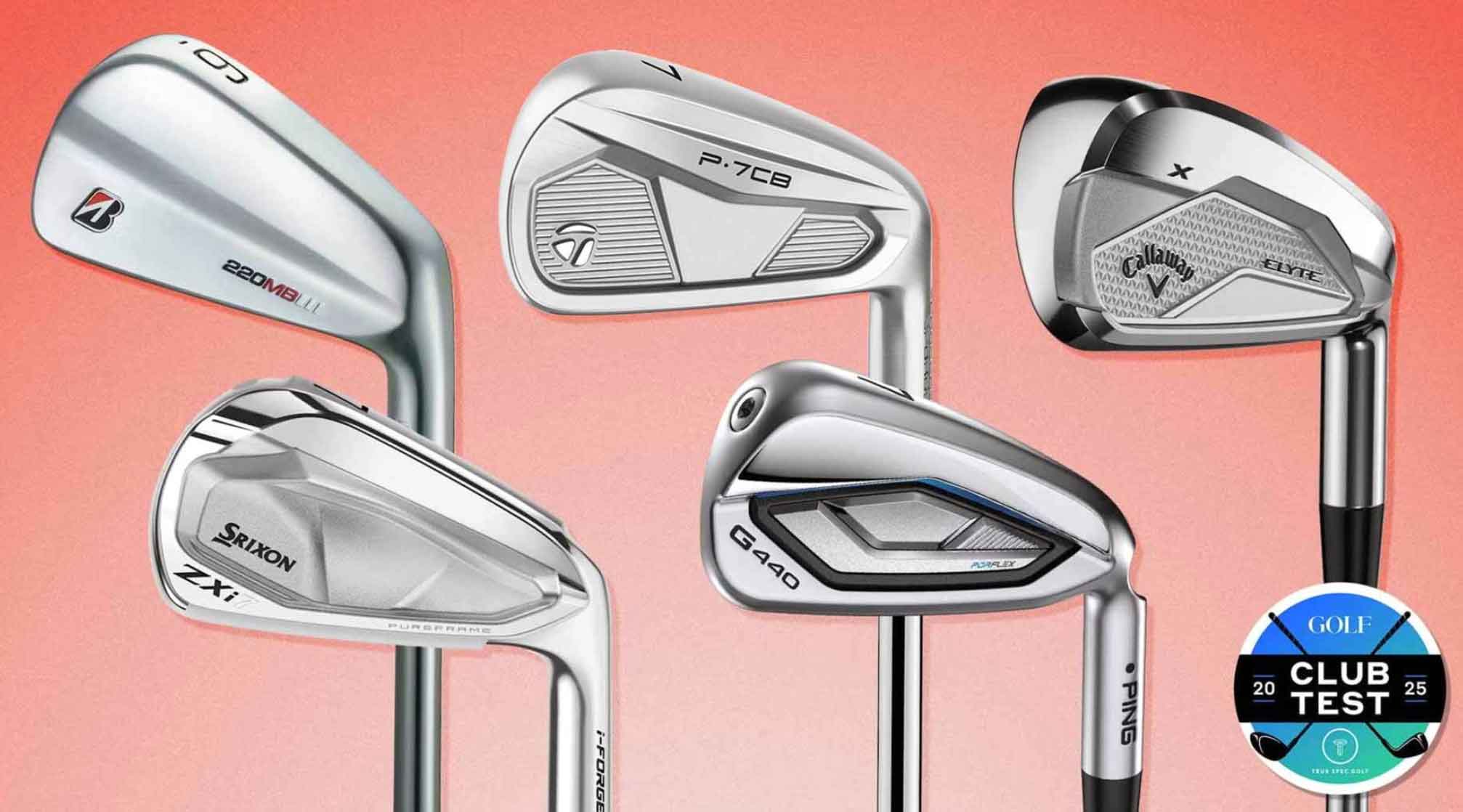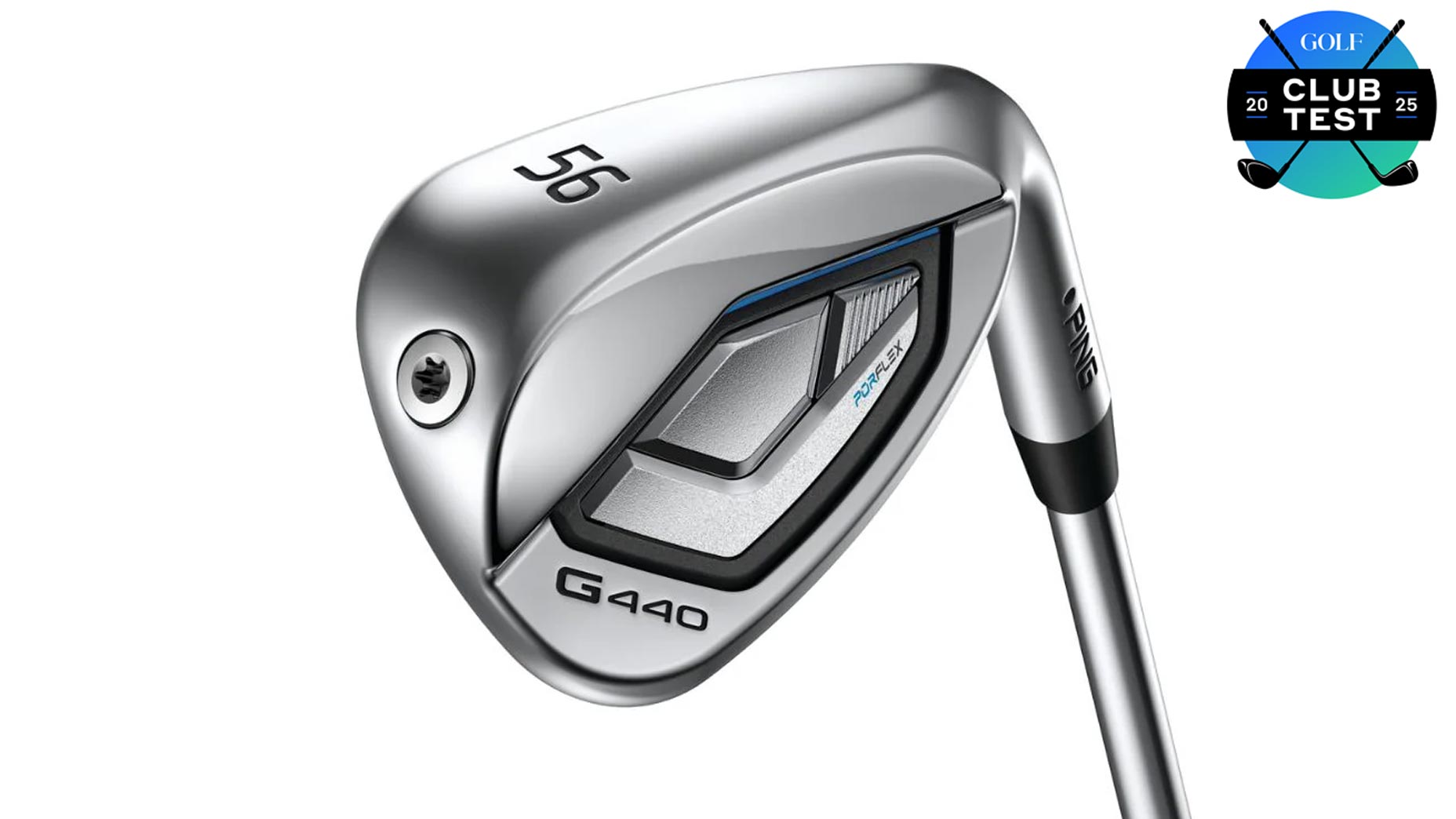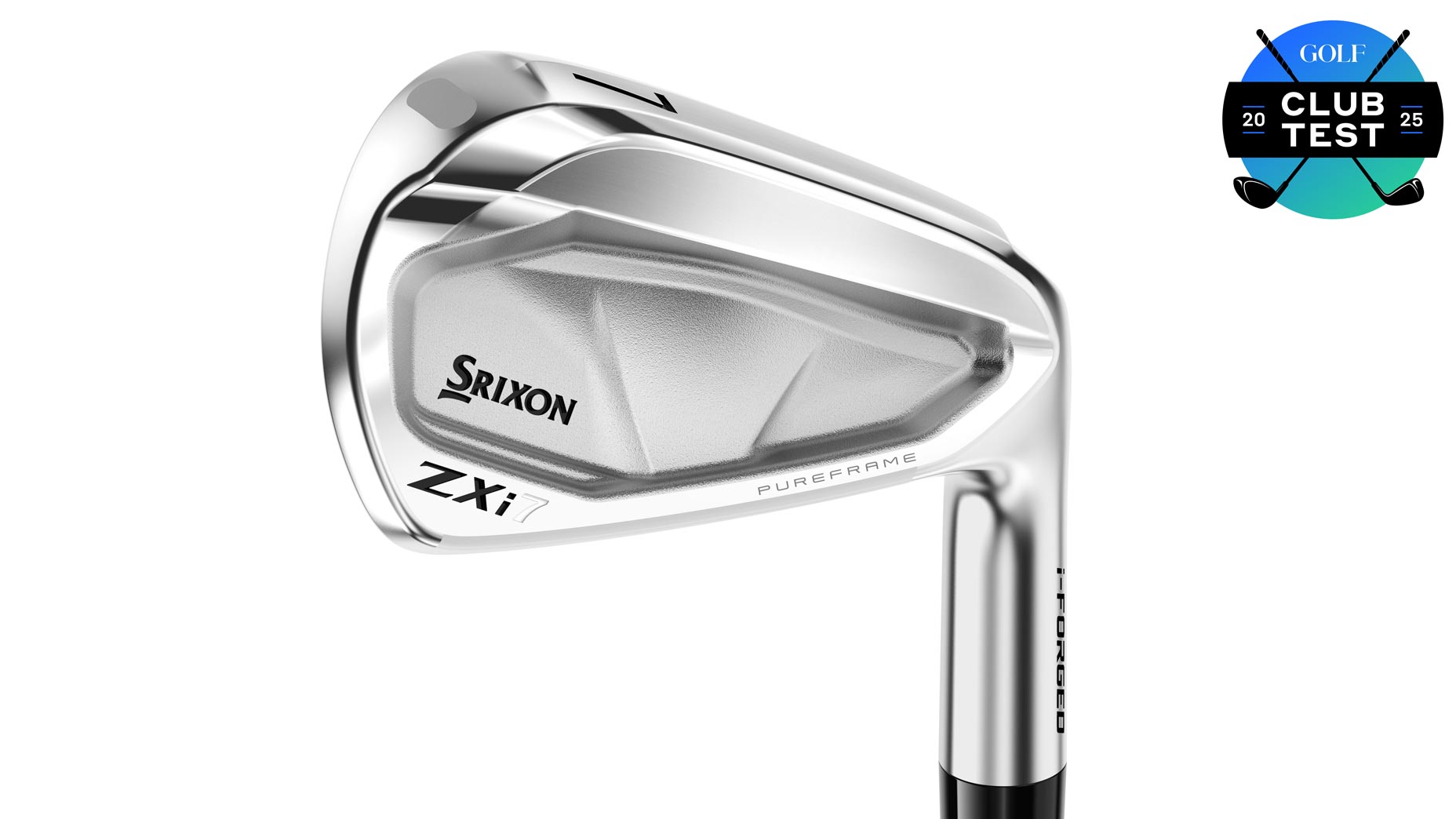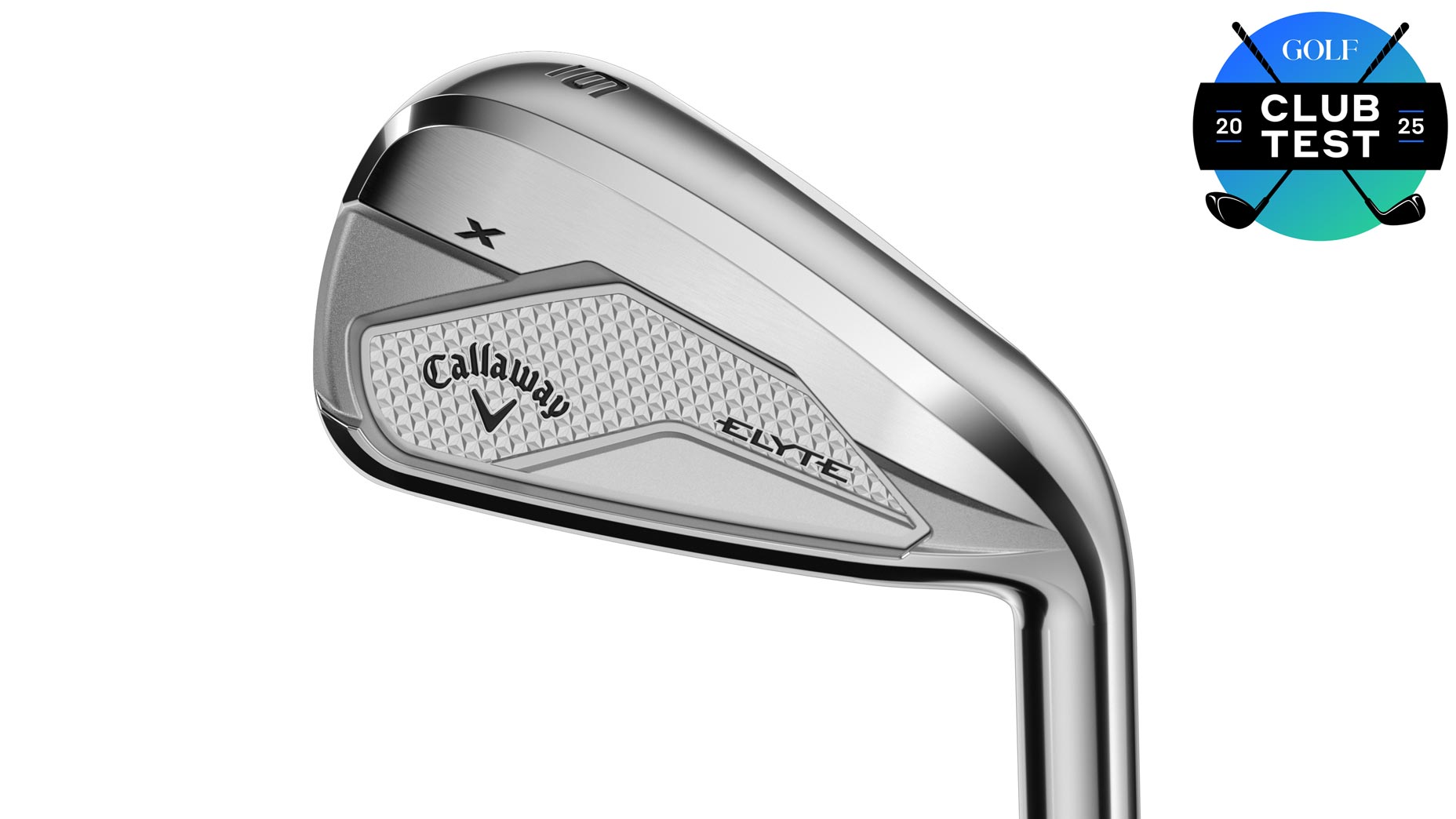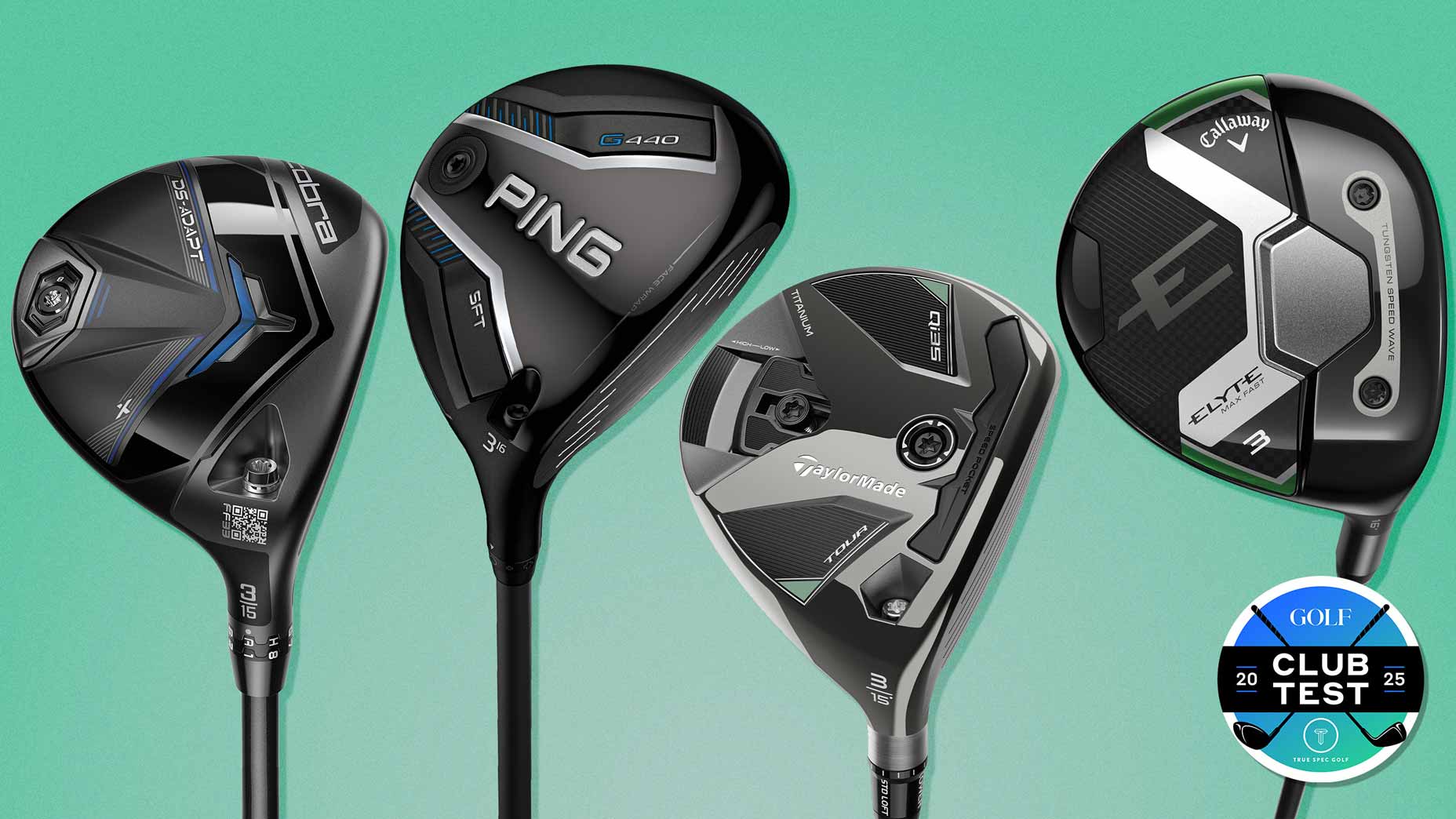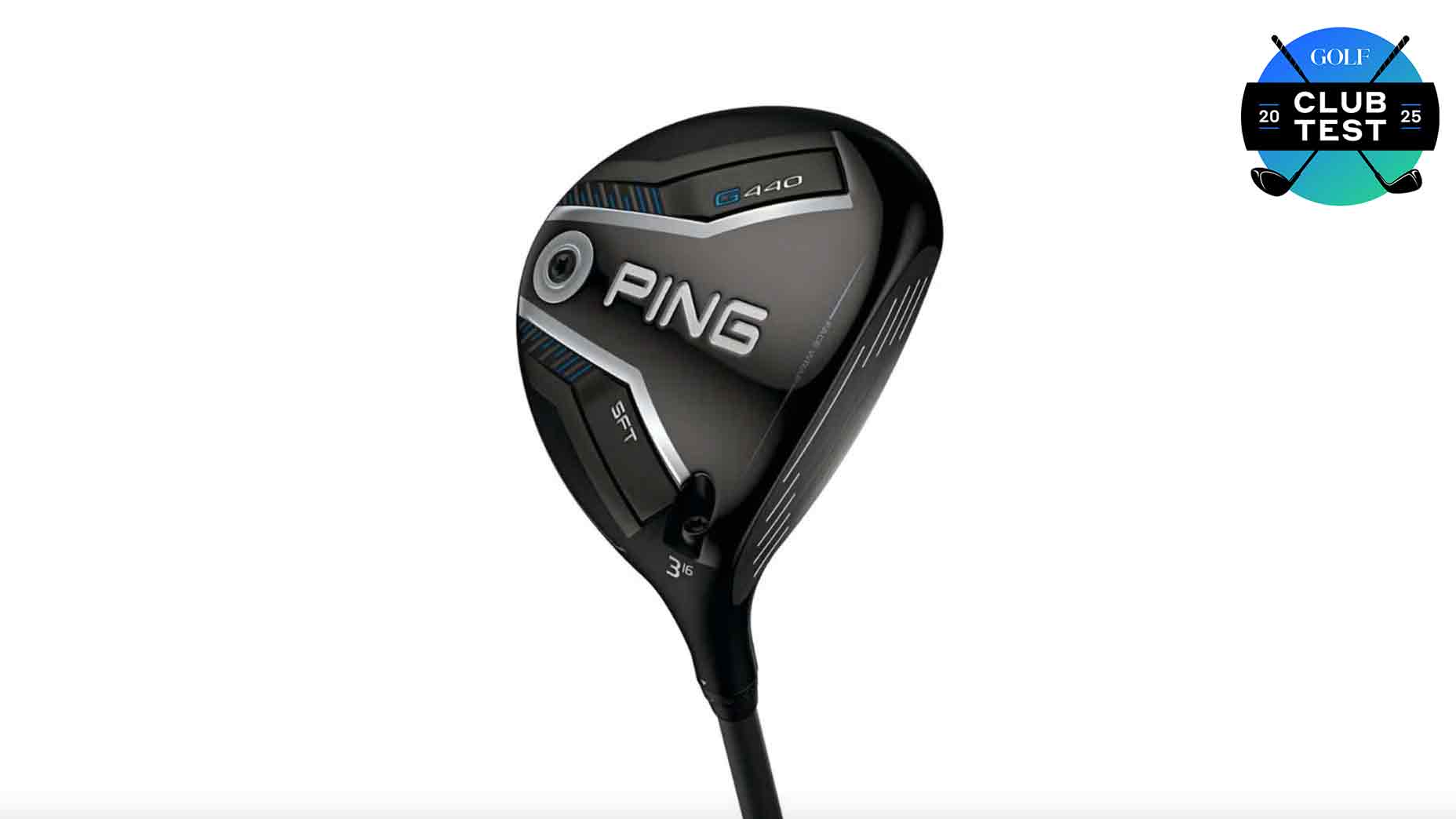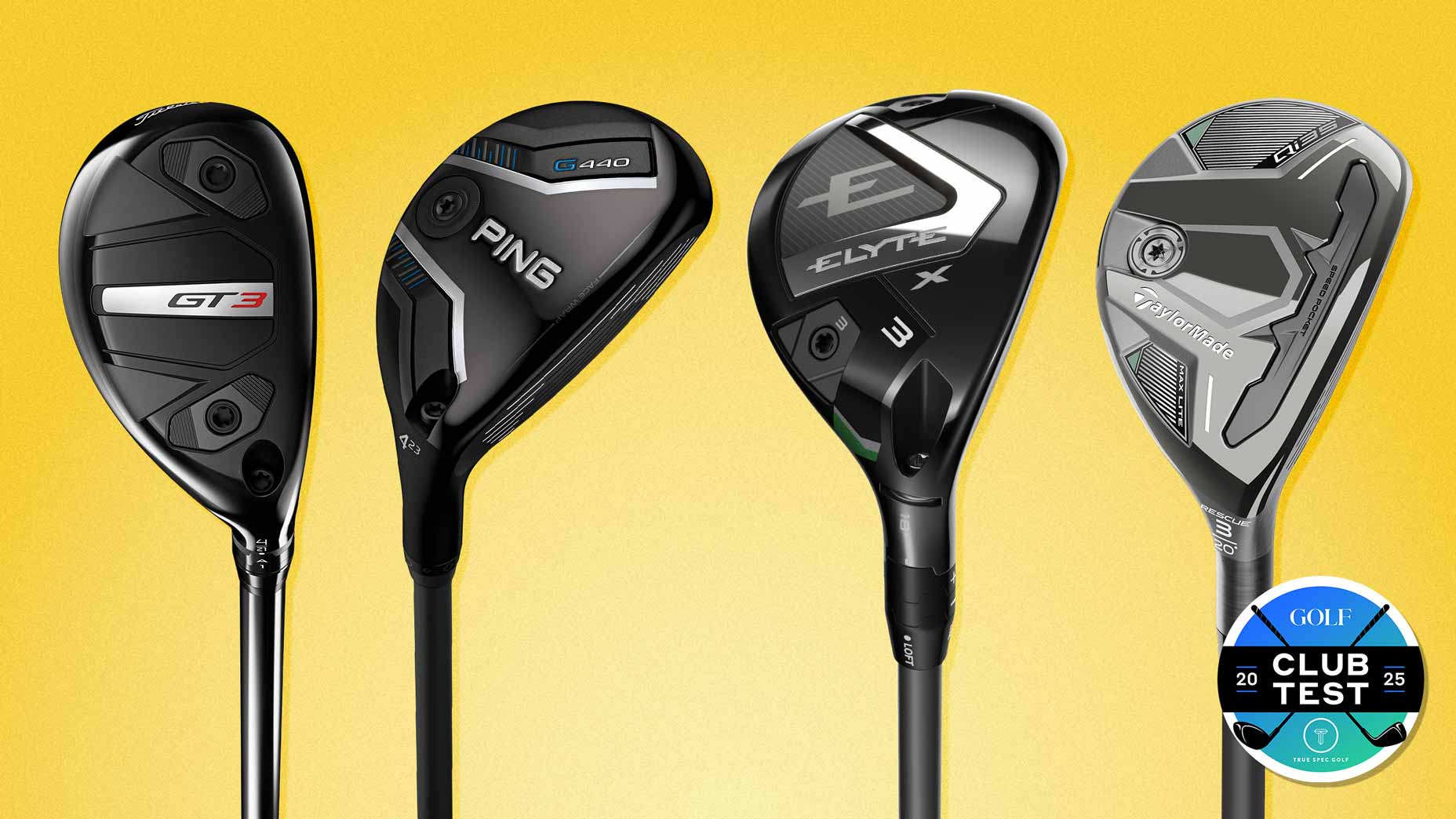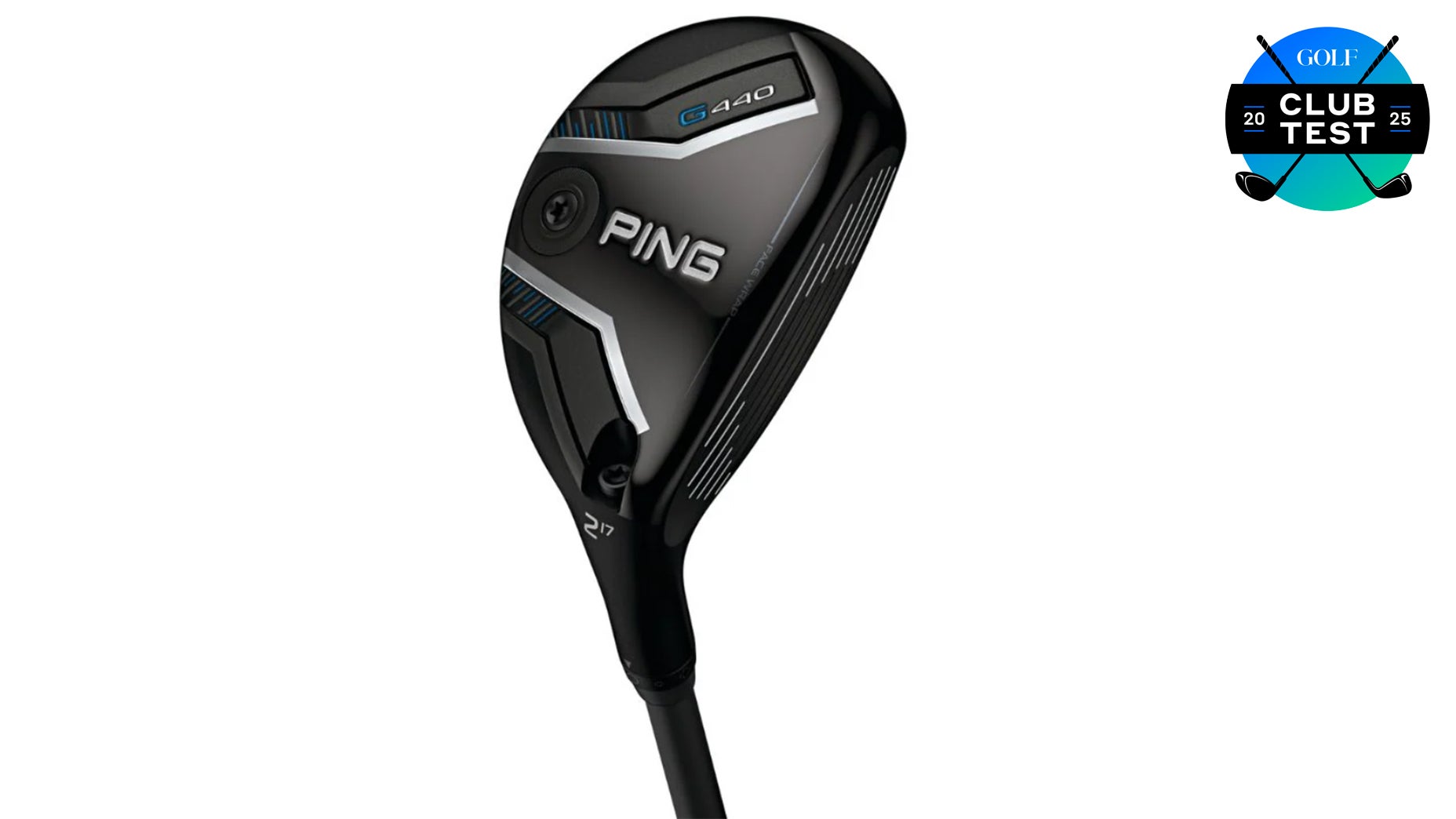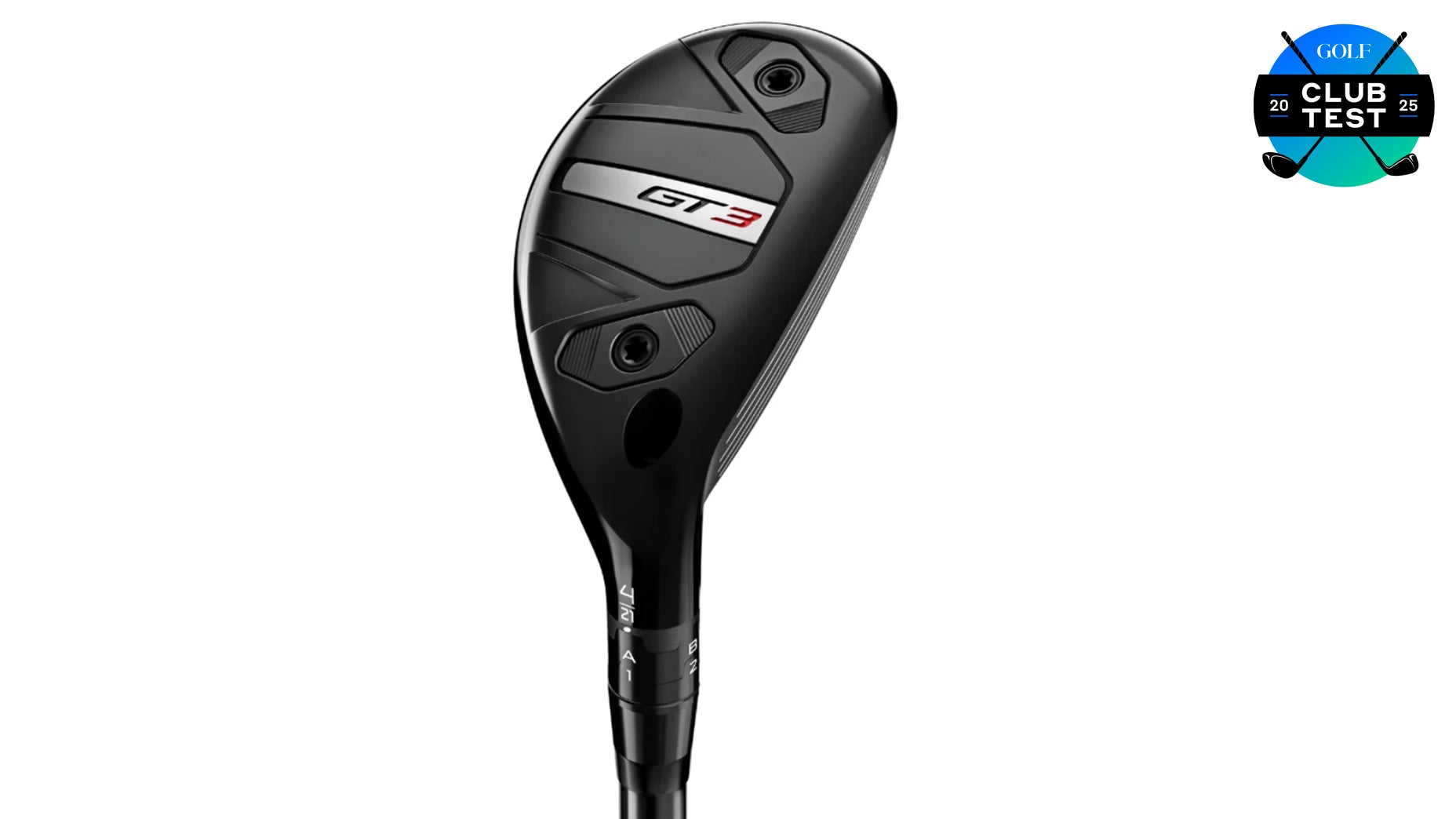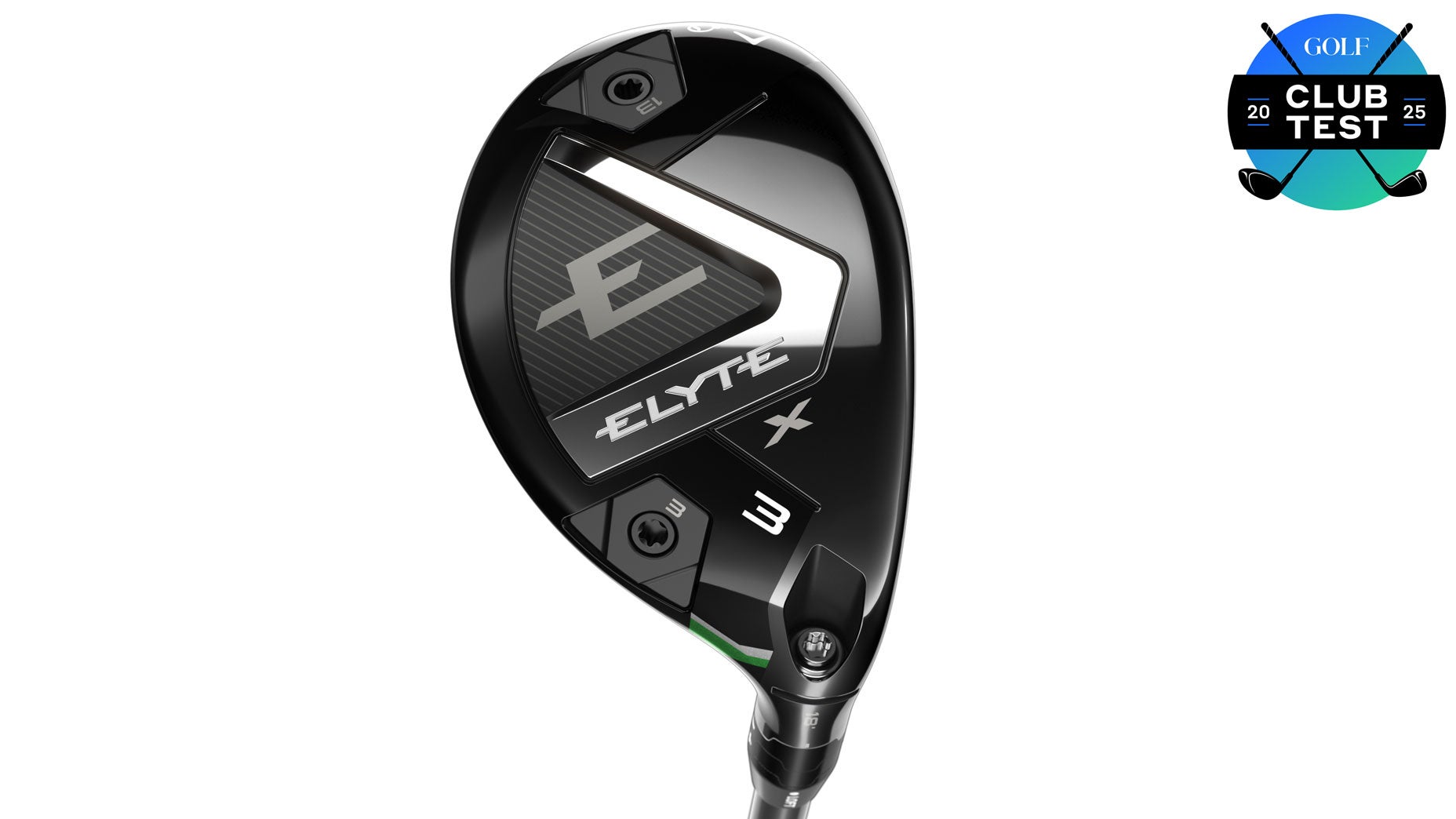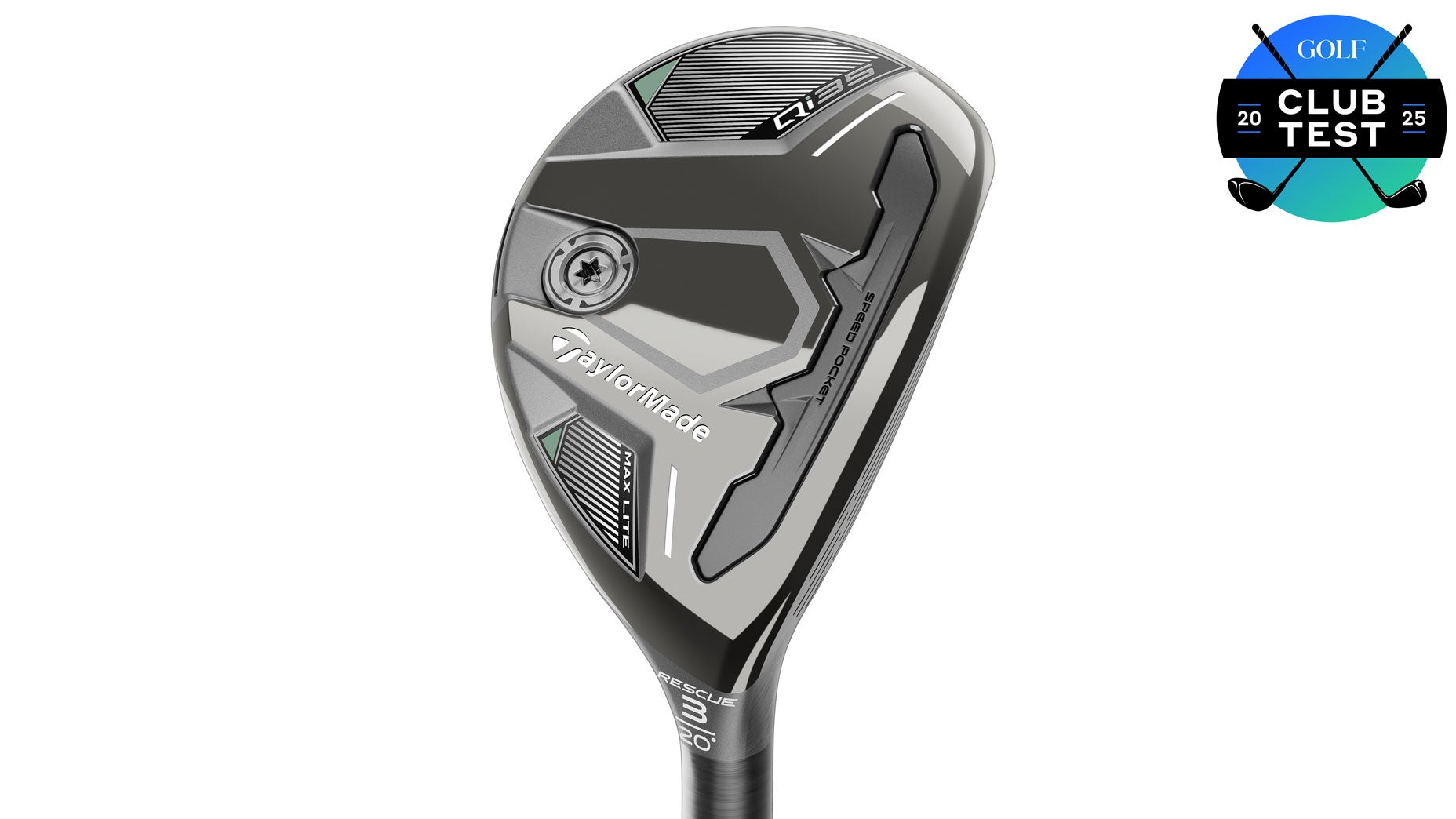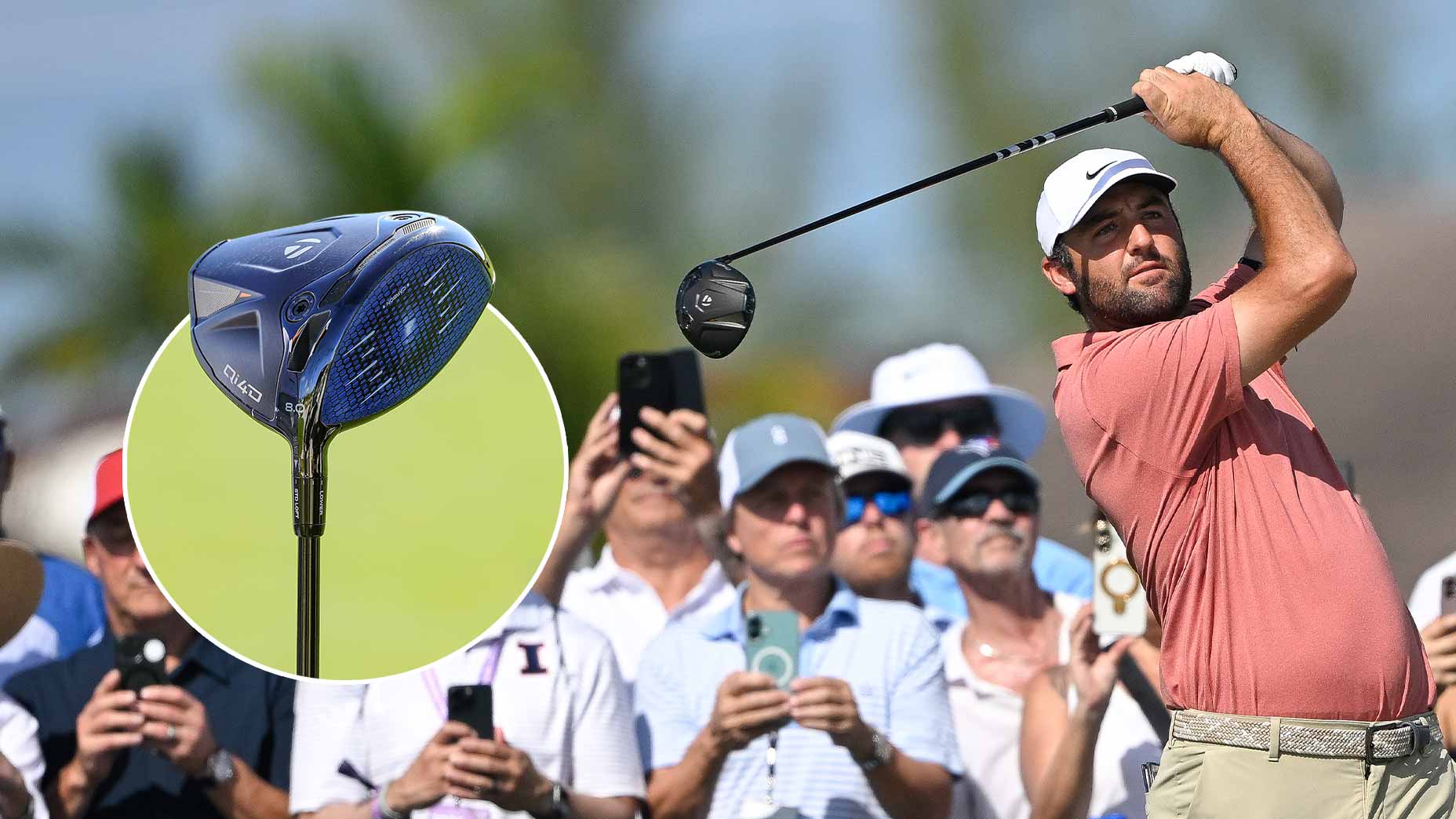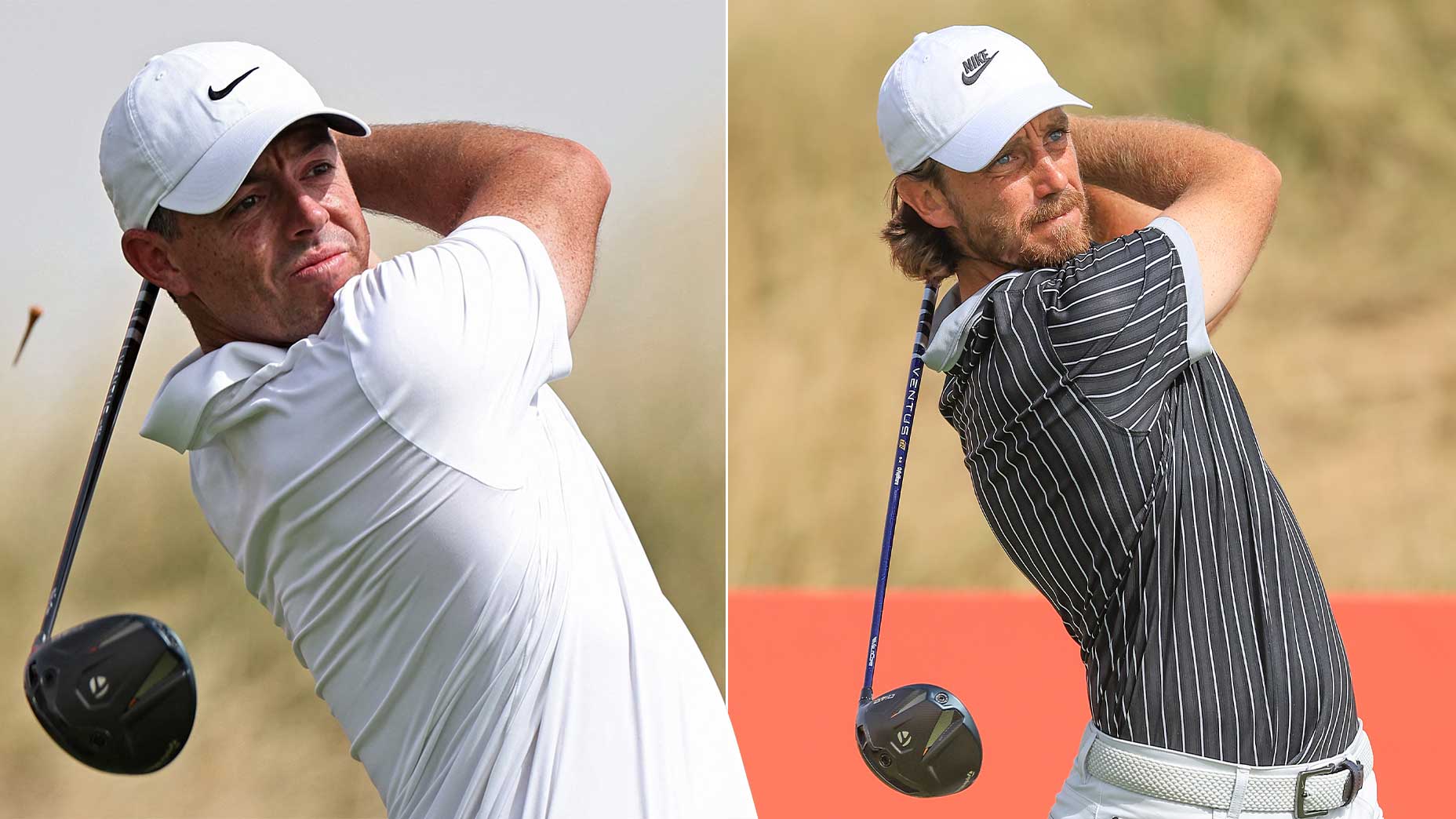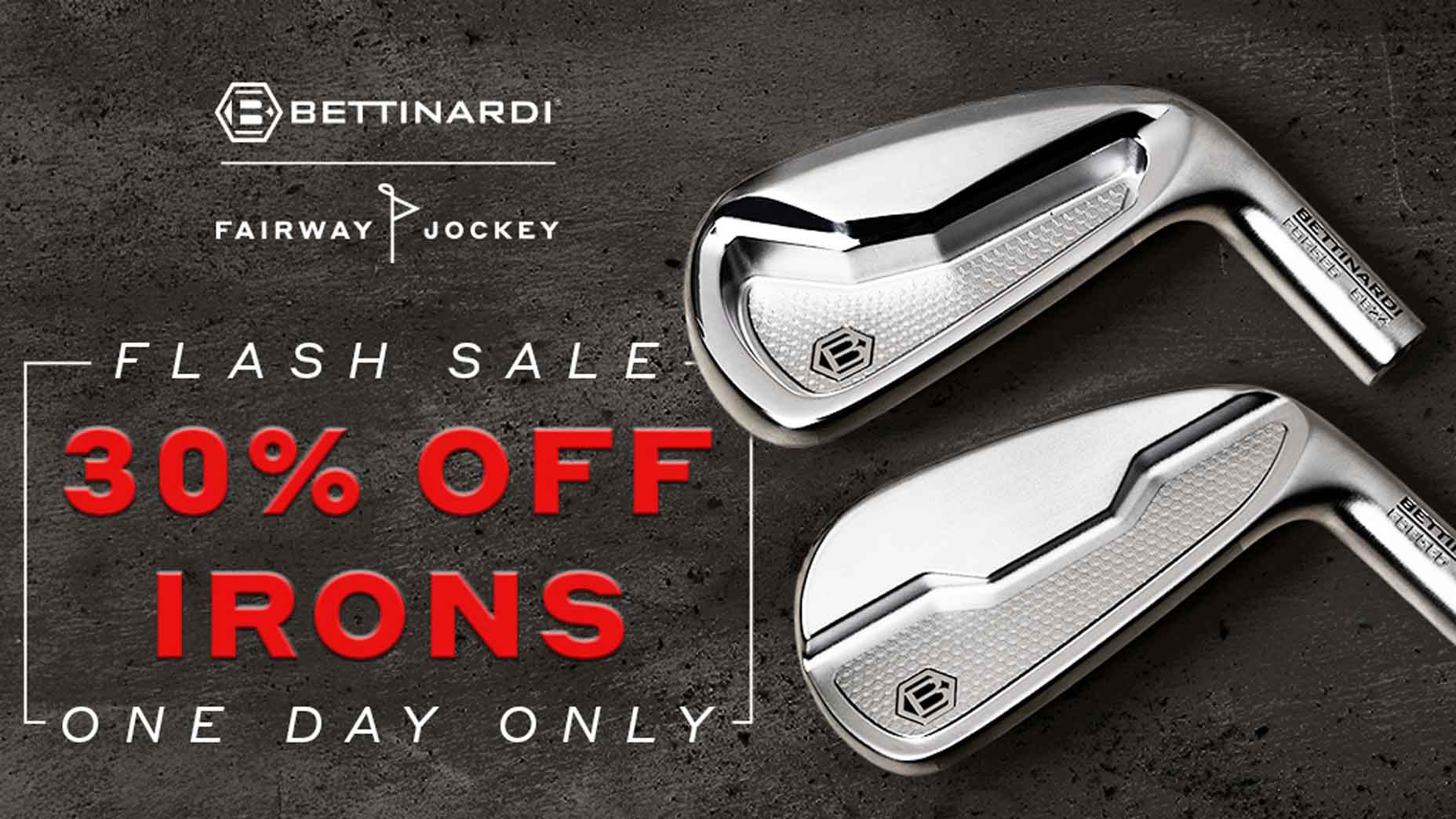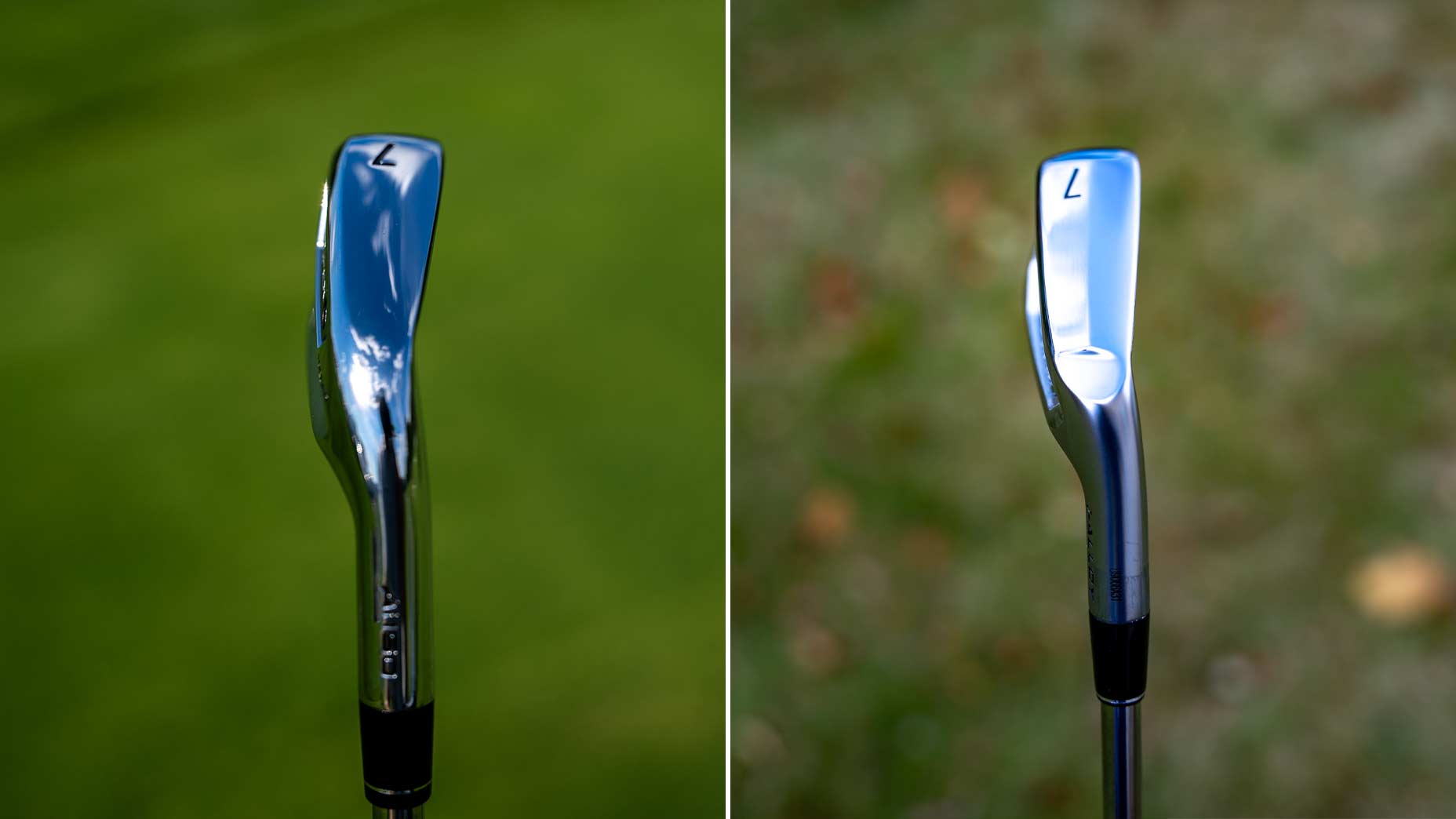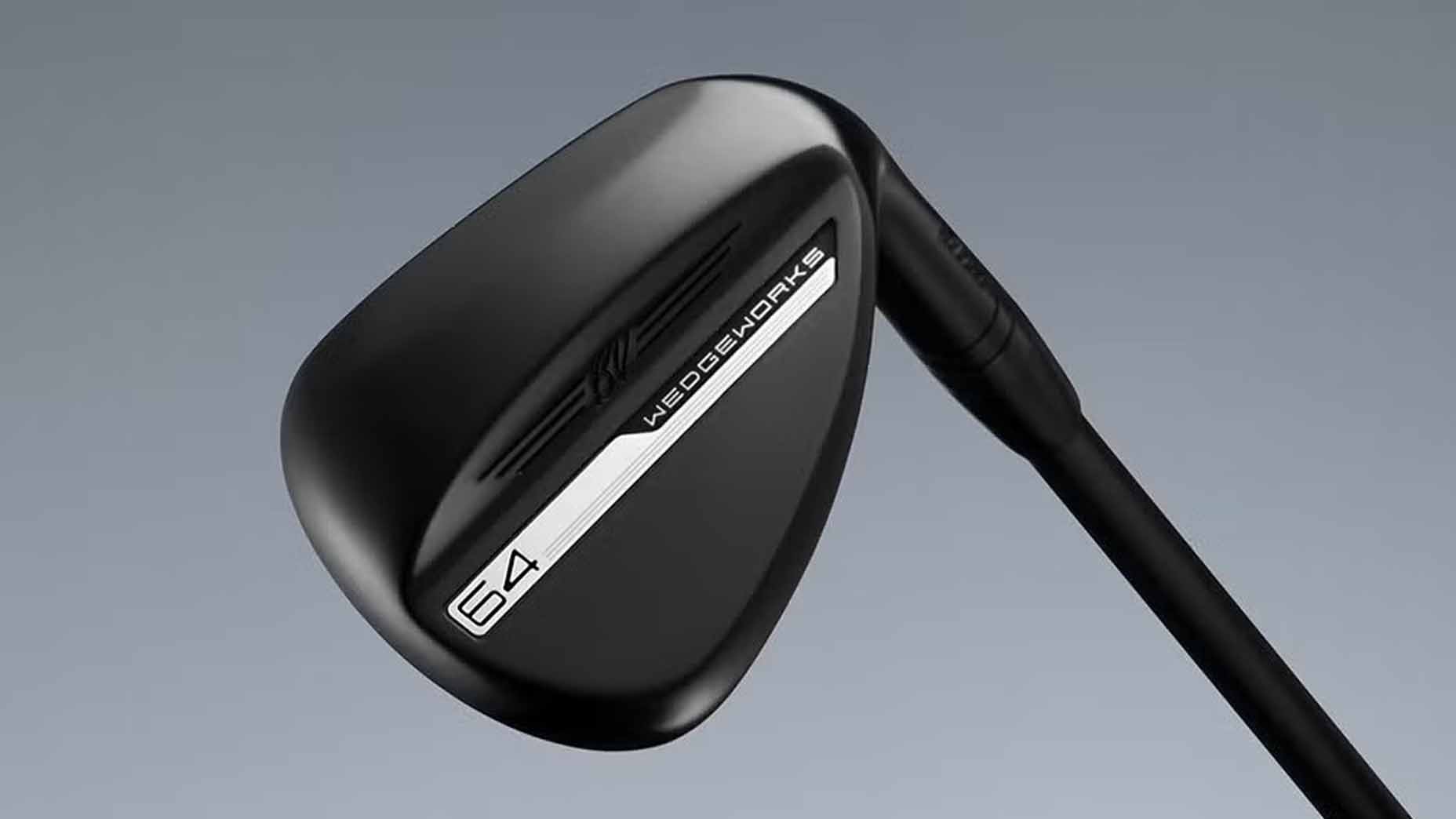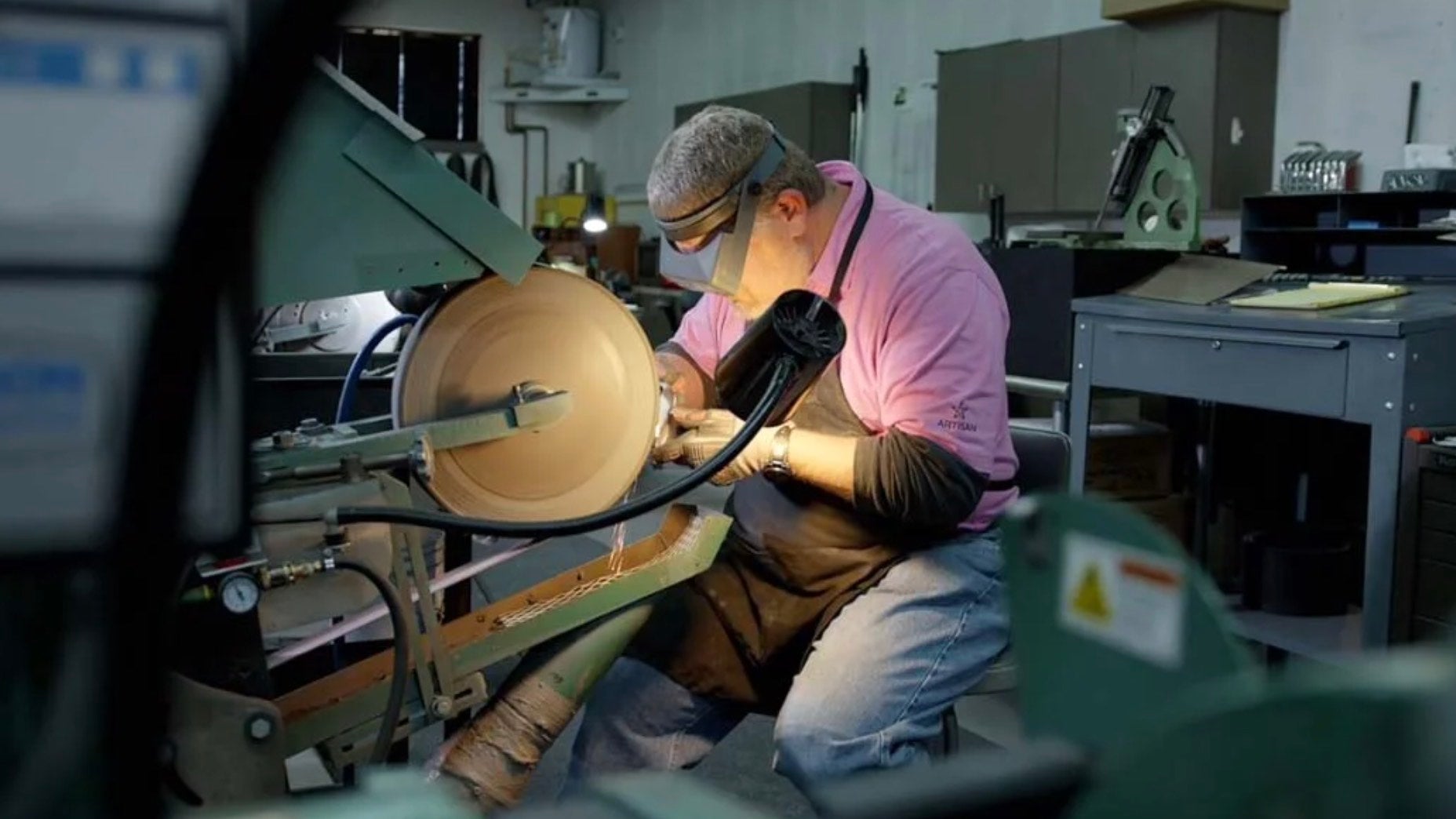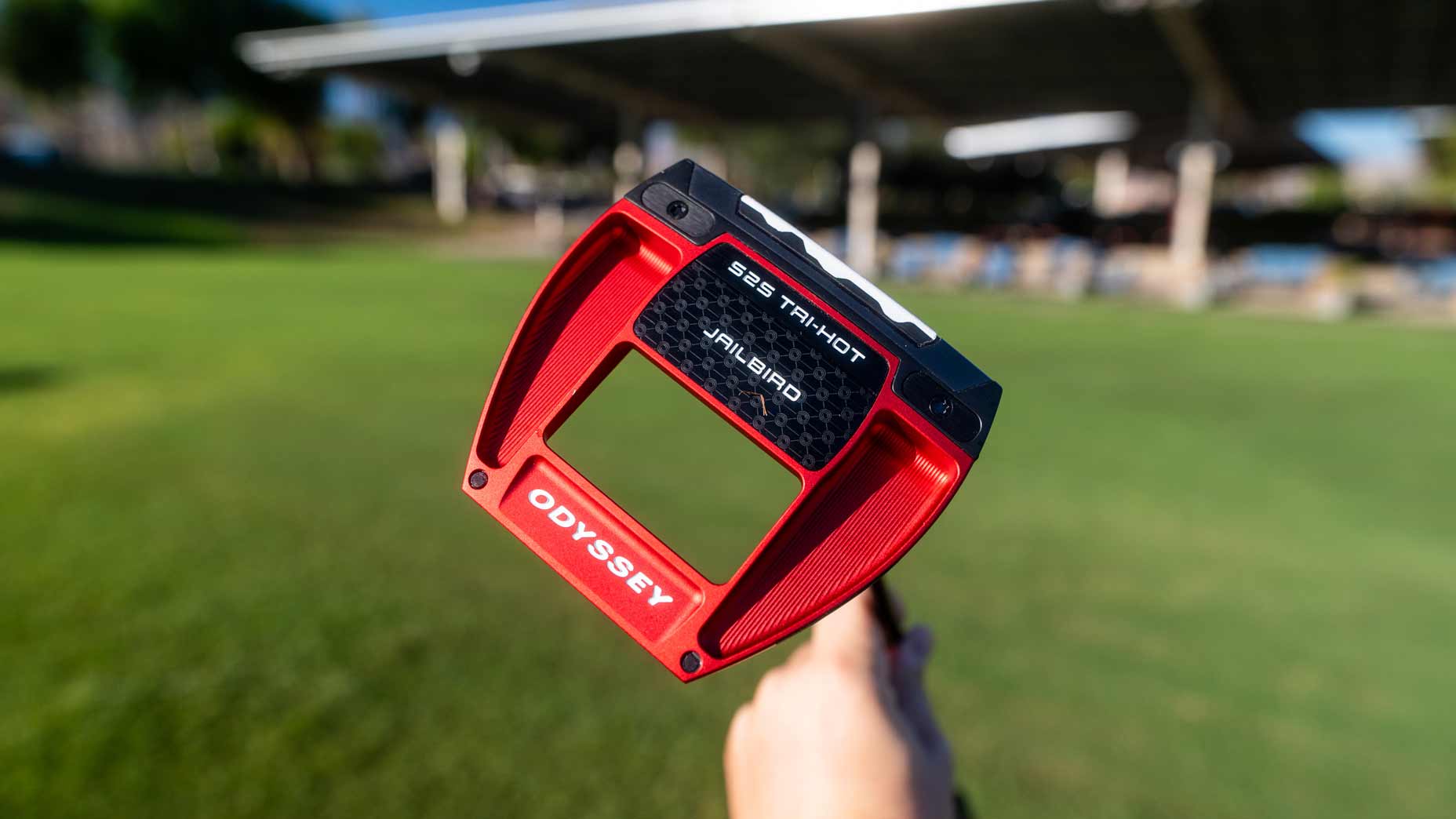Gear
Limited-time offer: Earn a 20 percent bonus on Fairway Jockey gift cards
Through December 24th, Fairway Jockey gift card purchases will be loaded with an extra 20 percent bonus. Shop now!Best drivers | ClubTest 2025
For ClubTest 2025, we put all the newest driver models to the test to determine the best drivers for every type of golfer. Here are the results.Best drivers for forgiveness | ClubTest 2025
When it comes to the best drivers for forgiveness, these nine new models stand out. Learn all about them with our ClubTest 2025 reviews.Best drivers for speed | ClubTest 2025
Looking for speed off the tee? In ClubTest 2025, we identified these nine clubs as the best drivers for speed.Best drivers for shot correction | ClubTest 2025
For ClubTest 2025, we put all the new drivers to the test. Here are the best drivers for shot correction based on the resultsBest drivers for low spin | ClubTest 2025
If you’re a bomber off the tee with a fast swing speed, you need a low-spin driver. Here are the best drivers for low spin from ClubTest 2025.Best drivers for slower swing speeds | ClubTest 2025
If your swing is slow, an ultralight driver is the right choice for you. Here are the best drivers for slower swing speeds for ClubTest 2025.Best irons | ClubTest 2025
Looking for the best new irons? We have you covered. As part of ClubTest 2025, we reviewed and organized the top irons into five categories.Best irons for game improvement | ClubTest 2025
Game improvement irons are made for the masses, providing exceptional forgiveness. Here are the best forgiving irons from ClubTest 2025.Best irons for better players | ClubTest 2025
If you’re a better player who wants a little forgiveness in your irons, we can help. For ClubTest 2025, we picked the best models for you.Best irons in players distance category | ClubTest 2025
These iron models are the best new irons in the players distance category, as we discovered in ClubTest 2025 player testing.Best irons for super game improvement | ClubTest 2025
When it comes to forgiveness, these irons reign supreme. We identified the best irons for super game improvement as part of ClubTest 2025.Best irons for elite players | ClubTest 2025
As part of ClubTest 2025, we reviewed the top new irons to determine best irons for elite players. These four models stood out.Best fairway woods | ClubTest 2025
If you’re in search of the best fairway woods, look no further. Here are the top fairway woods in four categories from ClubTest 2025.Best fairway woods for forgiveness | ClubTest 2025
These are the best 2025 fairway woods for forgiveness, according to regular golfers and our fleet of expert fitters.Best fairway woods for speed | ClubTest 2025
Looking for speed from your fairway woods? In ClubTest 2025, we identified these clubs as the best fairway woods for speed.Best fairway woods for slower swing speeds | ClubTest 2025
For ClubTest 2025, we put fairway woods to the test. Here are the best fairway woods for players with slower swing speeds.Best fairway woods for low spin | ClubTest 2025
These are the best 2025 fairway woods for producing low spin, according to regular golfers and our fleet of expert fitters.Best hybrids | ClubTest 2025
For ClubTest 2025, we reviewed and tested the best hybrids for the new year to help you find the right one for your game.Best hybrids for forgiveness | ClubTest 2025
For ClubTest 2025, we put hybrids to the test. Here are the best hybrids for forgiveness based on the results.Best hybrids for playability | ClubTest 2025
For ClubTest 2025, we put hybrids to the test. Here are the best hybrids for playability based on the results.Best hybrids for shot correction | ClubTest 2025
If you need help with shot correction, these all-new hybrids are packed with technology that will help you hit more fairways and greens.Best hybrids for slower swing speeds | ClubTest 2025
If your swing lacks speed, these tester-approved ultra-light hybrids can help add zip and distance to your game.MORE DRIVERS
MORE IRONS

Join InsideGOLF today!
For only $39.99/year, you’ll get access to exclusive content and also a host of discounts and promotions, including…
- LIMITED TIME OFFER: $25 Credit to Ghost Golf
- AD-FREE Experience on GOLF.com
- FREE Dozen Srixon Golf Balls
- $20 Instant Credit at Fairway Jockey
- One Year (8 issues) of Golf Magazine (+$79 Newsstand value) – U.S. members Only
- +600 Issue Golf Magazine Digital Archive (1959-Present)
- Bucket-List golf trips and experiences
- FREE True Spec Fitting with any club purchase
- $100 OFF qualified purchases at Miura and Fairway Jockey
- 50% OFF new Golf Logix App/membership
- Plus so much more!









